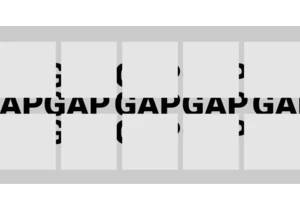State machines are typically expressed on the web in JavaScript and often through the popular XState library. But the concept of a state machine is adaptable to just about any language, including, amazingly, HTML and CSS. In this article, we’re going to do exactly that. I recently built a website that included a “no client JavaScript” constraint and I needed one particular unique interactive feature. The key to all this is using and elements to hold a … Read article “A Complete State Machine Made With HTML Checkboxes and CSS”
The post A Complete State Machine Made With HTML Checkboxes and CSS appeared first on CSS-Tricks. You can support CSS-Tricks by being an MVP Supporter.
https://css-tricks.com/a-complete-state-machine-made-with-html-checkboxes-and-css/
Login to add comment
Other posts in this group

Layout. It’s one of those easy-to-learn, difficult-to-master things, like they say about playing bass. Not because it’s innately difficult to, say, place two elements next to each other

I was playing around with scroll-driven animations, just searching for all sorts of random things you could do. That’s when I came up with the idea to animate main headings and, using scroll-driven

This is the fourth post in a series about the new CSS shape() function. So far, we’ve covered the most common commands y

Styling the space between layout items — the gap — has typically required some clever workarounds. But a new CSS feature changes all that with just a few simple CSS properties that make it easy, ye

Being the bad boy I am, I don't take Tailwind's default approach to cascade layers as the "best" one. Over a year experimenting with Tailwind and vanilla CSS, I've come across what I believe is a b


KelpUI is new library that Chris Ferdinandi is developing, designed to leverage newer CSS features and Web Components. I've enjoyed following Chris as he's publishe
